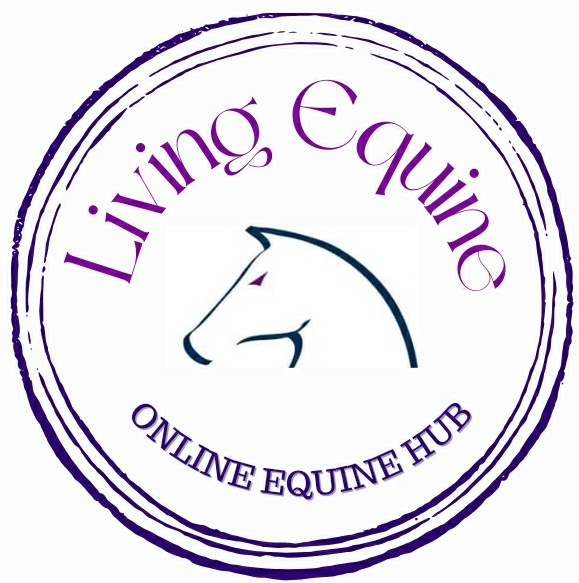Most of the way horses communicate with us, is through body language. If we want to understand horses so we can take care of them, build relationships with them, and perform with them, then it is important for us to understand what they are telling us with their body cues.
Ears
Out To The Side: Usually this an indication that the horse is not paying attention, and is probably relaxed or even sleeping.
Forward: Attentive and perhaps even excited about what their pointed towards.
Pinned Back: Big sign that the horse doesn’t like something around them, and may be even be a sign of grumpiness or potential aggressive behaviour that might occur next.
Eyes
Dull: Possibly an indicator of illness, or depression.
Bright: Happy and healthy.
Moving Rapidly: Anxious and unsettled.
Muzzle
Licking Lips: Apart from licking food from their lips, this is a sign that a horse is processing what just happened, and perhaps is learning.
Phlemen: When a horse raises it’s top lip to it’s nose, it might look funny, but it is actually their way of savouring a smell to assess it more. This can be particularly observed in stallions who are savouring the scent of mares.
Baring Teeth & Lips up one side: If this is paired with ears pinned back, then this a warning of agression.
Forelegs
Stamping: This is usually an impatience cue, but it can sometimes be aggressive if combined with some of the above signs of aggression.
Pawing: This is usually an anxious or impatient act for attention or food.
Rocking Backwards: If a horse is observed taking the weight off their front legs, and rocking it backwards into the hind legs, then this is an indicator for an injury in the forelegs, or possible laminitis.
Tail
Raised: Excited and alert.
Swishing Rapidly: Besides flicking insects away, this could be a sign of anxiety.
Low & Between Legs: A sign for most horses that something isn’t right. Whether it be illness, unhappiness, or even depression, a big cue for investigative action.
These are just a few of the body cues that horses will do with five parts of their body, to let us know what they might be feeling, wanting or needing. Observing, and learning the cues to expect with the horses you spend your time with, and using this as part of the language you use to communicate to one another, can be a good basis of open and honest communication, and a strong relationship with your horses.
Feature Image courtesy of I Heart Horses ©
– Skye Pickering Dip. Horse Business Management.

